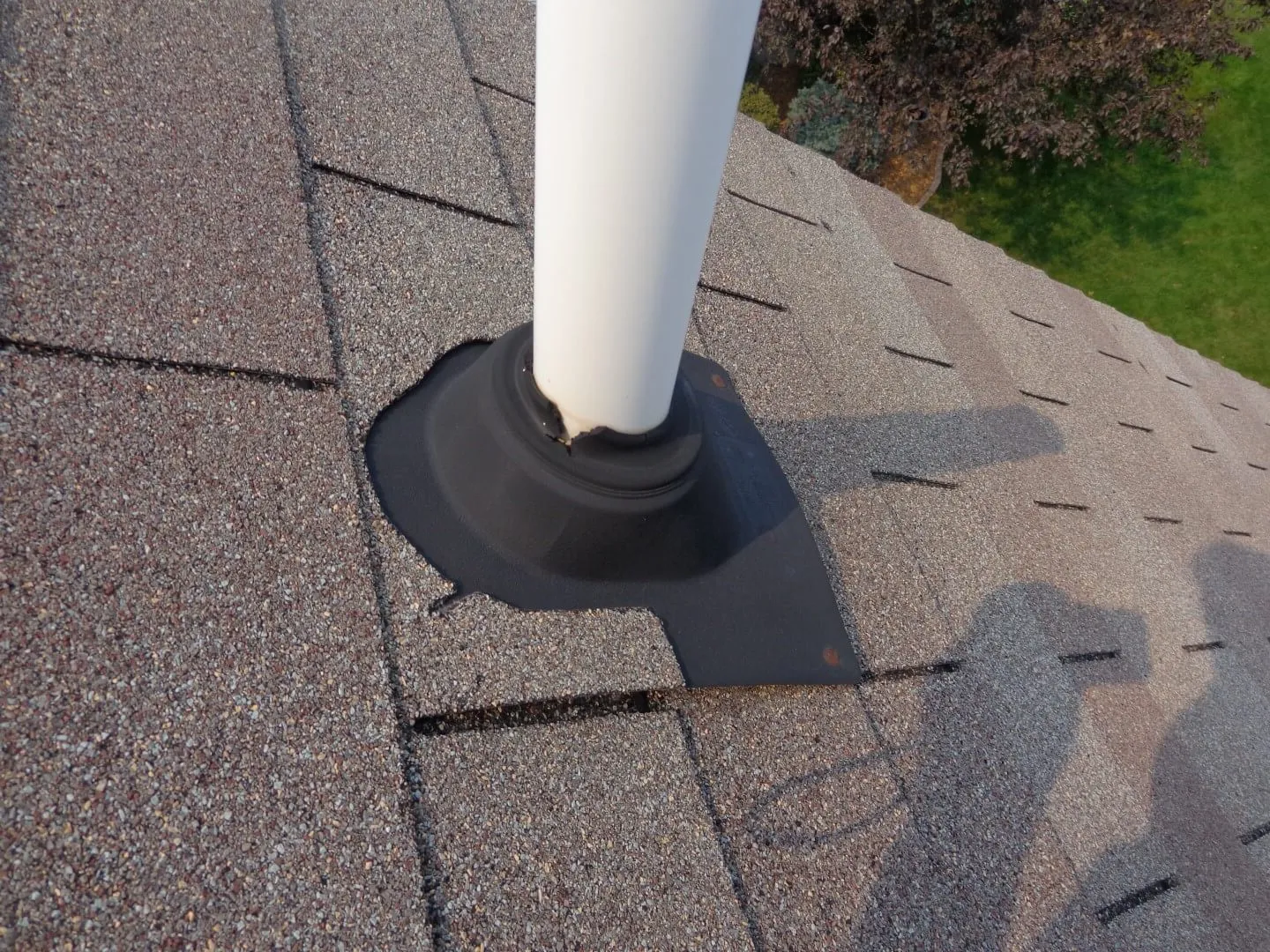It is really unsettling to discover the dreaded dark stain on the ceiling. After some time, water leaks from the ceiling, and you rush to get buckets or pots to collect it.
You are unsure of what type of harm your home’s leak is inflicting. To prevent this issue, it is imperative to identify its root cause. To do this, we demonstrate the many flaws that might result in a roof pipe flashing.
¿What are Pipe Flashings?
Pipe flashing, also known as a roof boot, is made to fit snugly around plumbing, vents, and other equipment that protrudes from a building’s roof, whether it be a residential or commercial structure.
To be compatible with practically any roofing material, the base is often made of flexible metal. The roof boot gets its name from the fact that the top is constructed of silicone or EPDM rubber, allowing it to slip on to the pipe like a boot.
Causes of failure of the Pipe Flashings
Among some of the main causes leading to roof flashing failure are the following, the installation of low-quality pipe boots or flashings is the weakest link in the majority of roofing systems. Elements such as failed gaskets, debris trapped around flashing and corroded nails. Many pipe flashings are constructed of untreated metal and plastic.
Some roofers rush through the installation process and don’t leave adequate space between the base of the pipe boot and the shingles itself. When there is a buildup of debris between the pipe flashing and the shingles, it creates a little dam that causes the roof to leak during heavy downpours.
The boot will get cracked within a short amount of time as a result of exposure to the environment. The plate will ultimately disintegrate due to rust. The pipe boot should endure for about ten years, but how long one lasts will ultimately depend on location, weather, and wildlife.
How will the roof leak manifest itself?
The master bedroom, a bathroom, a closet, etc. may all exhibit signs of the leak. It will be somewhere on the roof near that pipe. You can identify which pipe is allowing water into your home by looking at your roof around the leak.
How to Prevent Flashing Leaks
The best approach to prevent your roof from beginning to leak is to get it checked by a roofing contractor on a regular basis. In the northwest, just before and just after the wet winter season is the ideal time to have your roof inspected. With the proper tools and equipment, a roofing expert can safely inspect your roof. They are aware of the warning indications and can quickly fix any sections that exhibit corrosion, damage, or degradation.
A small piece of flashing that fits over the hole and some roofing cement can be used to patch up small holes or sections that have deteriorated due to corrosion. To stop further leaks, the flashing must be completely replaced if it is too badly damaged to be repaired. You can remove the outdated caulking and replace it with silicone caulking compound or roofing cement if it appears that the seal around the flashing needs to be repaired.
How is the leak on the roof fixed?
Installing a little rubber collar over the top of the worn-out, cracked neoprene pipe boot is the easiest approach to stop the leak. The collar, which should last you another 10 to 15 years, will cover the existing flange (the flat, rectangular flashing that surrounds the bottom of the pipe). Again, if at all possible, have a professional handle the roof and flashing repairs. Use extreme caution if you need to use the preceding instructions to build a temporary remedy. Never climb the roof by yourself. Make sure there is a backup plan in place in case of an accident. If the roof is wet or slippery from rain, snow, or ice, you should also refrain from climbing up on it.



